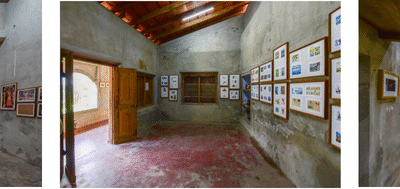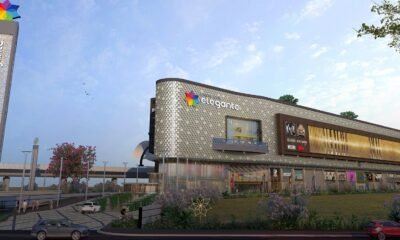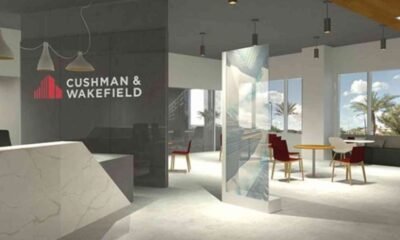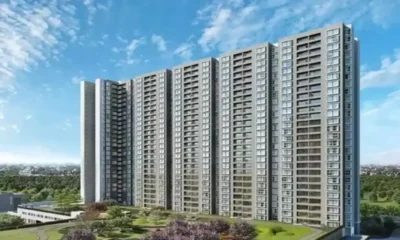Guest Column
Smart Sustainability: How Technology Is Powering Greener Buildings
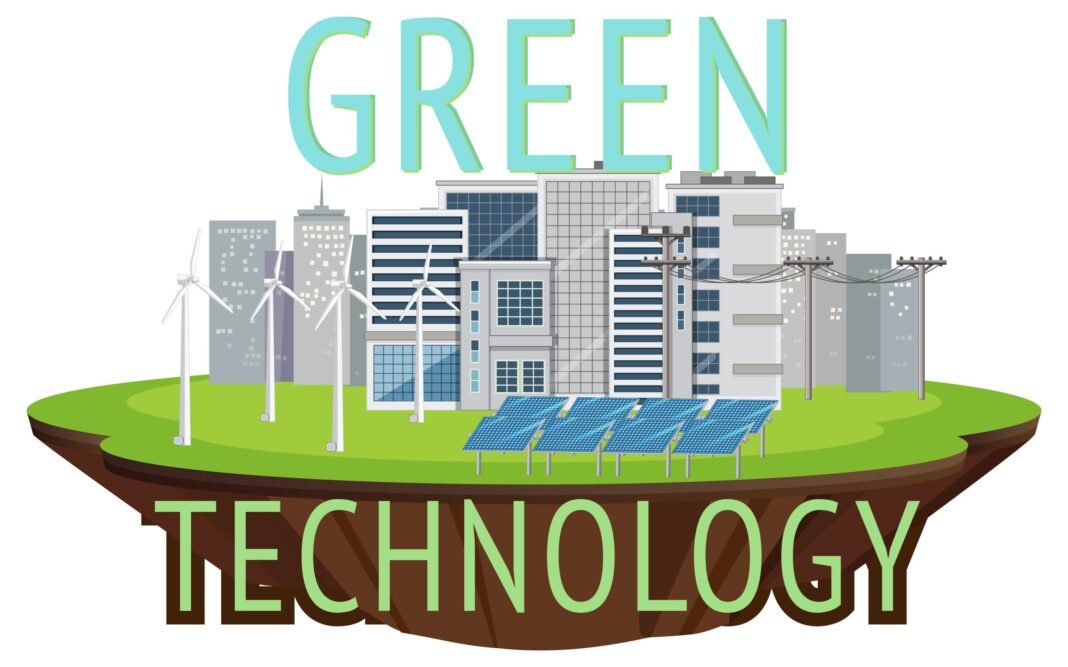
By Tripat Girdhar, Founder and Architect, Arete Design Studio

The way we design and build our spaces needs to evolve given the fact that our cities continue to grow and the effects of climate change become harder to ignore.
Today, architecture isn’t just about creating beautiful, functional structures—it’s about doing so responsibly with the planet in mind. This is where sustainable practices and smart technology are coming together in powerful ways.
We’re stepping into a new era where buildings do more than just stand still and consume energy. They’re becoming active, intelligent spaces that respond to the people inside them and the world around them—adapting, learning and helping us live more sustainably.
Redefining What It Means to Be Green
Sustainable architecture used to focus mainly on smart design choices—like positioning buildings to get the most sunlight, using natural airflow to cool spaces and relying on materials that help with insulation. These passive strategies still matter, but now they’re being taken to the next level with the help of technology.
Modern green buildings do more than just use fewer resources. They’re built to be smart—able to adjust, respond and improve how they operate based on real-time conditions. It’s a shift from simply being efficient to being truly intelligent.
Smarter Systems, Lower Footprint
We have significantly decreased operational energy consumption thanks to technological advancements like real-time energy monitoring, AI-powered HVAC systems and smart lighting. In addition to responding to environmental conditions and learning usage patterns, these systems make sure that no resources are wasted needlessly. Intelligent automation like this integrates sustainability seamlessly into daily life without sacrificing usability or comfort.
Materials of the Future
Our building materials are also changing. Examples of how technology is changing the sustainability profile of construction include solar tiles, thermochromic glass, low-VOC finishes and recycled composites. These developments improve indoor health and durability while lowering the embodied carbon in buildings.
Today, selecting the appropriate materials requires considering factors other than aesthetics, such as long-term performance and environmental impact.
Data-Driven Design
The role of data is among the most revolutionary shifts in architecture. We can now test a structure’s environmental performance before it is even constructed thanks to artificial intelligence and simulation tools. Data is helping us make smarter, more efficient designs from the very beginning, from modeling airflow and energy consumption to forecasting daylight exposure.
Our buildings are genuinely future-ready today thanks to this capacity to model and optimise, which also lowers the need for later, expensive modifications.
Building for a Changing World
Resilience is more important to smart sustainability than resource conservation alone. Since water scarcity, rising temperatures and unpredictable climate patterns are becoming commonplace, our buildings need to be able to adapt and regenerate. It is not only progressive but also necessary to incorporate IoT-enabled rainwater harvesting, automated shading or climate-responsive facades.
Making structures that are both efficient and regenerative—that is, that give back more than they take—is the aim.
Conclusion: The Architect’s New Role
Architects’ roles are changing. Form and function are no longer as important as foresight. It all comes down to combining technology, design and environmental awareness into a single, coherent vision. The structures we design today will impact the standard of living in the future as we stand at the nexus of innovation and accountability.
Sustainability is no longer a characteristic. It serves as the cornerstone. Additionally, it has the potential to completely change the way we work, live and interact with the world when it is enabled by smart technology.

 News3 days ago
News3 days agoIshara Art Foundation to Present Group Exhibition ‘Amphibian Aesthetics’ at Ishara House in Kochi

 News4 weeks ago
News4 weeks agoUnity Group Launches Unity One Elegante Mall at Netaji Subhash Place, Delhi

 News1 week ago
News1 week agoMumbai Returns to Pre-Pandemic Investment Levels, Surpasses $1 Billion 4th Consecutive Year: Cushman & Wakefield

 News4 days ago
News4 days agoK2 Infragen Delivers Robust H1 with 76.5% Revenue Growth, 70% Profit Jump

 News1 week ago
News1 week agoGurugram Premium Segment Drives Projected Rs 6.65 Lakh Crore Market: ANAROCK

 News1 week ago
News1 week agoGurugram’s Growth Corridors: Micro-Markets Powering the City’s Real Estate Future

 News1 week ago
News1 week agoAdani Cement and Coolbrook to Deploy World’s First Commercial Rotodynamic Heater for Cement Decarbonisation

 News1 week ago
News1 week agoTIL Ltd Reports Q2 FY26 Results with Enhanced Order Book Position, Strong Execution Momentum









